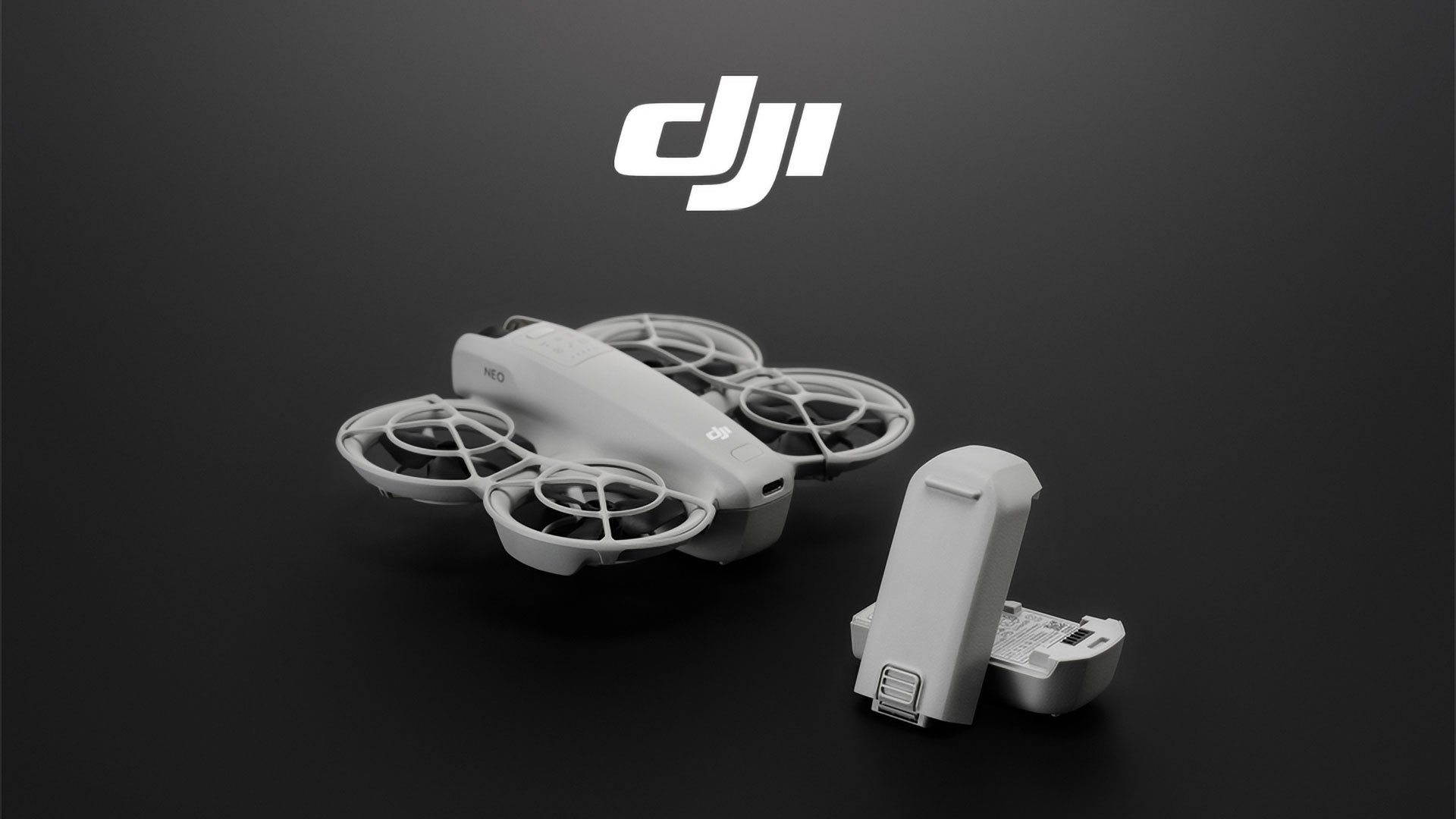

DJI has announced its newest drone, the DJI Neo ($199). It’s a very small drone and weighs only 135g. In fact, it’s the lightest drone DJI’s ever made. With a claimed range of 7km, it shoots 4K video and 12-megapixel stills onto 22GB of internal storage.
It seems like DJI’s trying to muscle in on the flying selfie camera market. A market currently led by the HoverAir X1 and the upcoming Pro and ProMax models. But is it too little, too, late? Maybe, but perhaps not.
DJI Neo – 135g, 18 minutes flight time, 4K video
The DJI Neo weighs a mere 135g, putting it well under the 250g limit in place in many countries around the world. This makes it a lot easier to fly for hobbyists and vloggers who just need something to follow them around on location.
It shoots 4K video at 30fps and 1080p at up to 60fps with its 12-megapixel sensor. It boasts a range of 7km, although that’s well outside visual line of sight, and certainly too far for shooting selfies or tracking you while walking, riding a bike or whatever you happen to be doing.
You have multiple control options available to you, including the DJI RC Controller, Controller-free control, smartphone app, voice control, and motion control. The focus here is very much on ease of use to make flying one the least hassle it can possibly be.
Controller-free control
It might seem odd to many drone users to have a drone that can operate completely independently without a controller. Most drones, even if they have automated tracking modes, still require a controller for communication. You need to send the drone up in the air and be able to bring it back to you when it’s done.
The DJI Neo, however, allows you to just hold it in your hand, hit a button and off it goes. It flies into the air, shoots the camera move you want it to perform and then comes back and lands in your hand. If this sounds a bit familiar, you’d be right. The HoverAir X1 acts in the same way.
It’s a bit like the HoverAir X1, though
There are going to be a lot of comparisons to the HoverAir X1 and this article is no different. I’ve been using a HoverAir X1 for a little under a year now, and it’s probably the drone I use the most. It goes with me pretty much everywhere, just in case.
So, instead of coming across like a fanboy, I’m going to say right now that the HoverAir X1 isn’t perfect. It only shoots 2.7K footage, it doesn’t like flying over water, and there’s no way to connect it to a real remote control for more advanced manual flying.
That last one can be forgiven, given the nature of the drone (although the Neo does it). The other two, however, have been solved with the upcoming HoverAir X1 Pro and ProMax models, which shoot 4K and 8K footage, respectively, and have no issues flying over water.
The new DJI Neo certainly does seem, in some ways, to be better than the HoverAir X1 on paper. 4K resolution alone is a big reason to get the Neo over the X1. However, the fact that the X1 folds and fits into a much smaller package in my bag (or pocket) makes it a lot more convenient.
Unfolded, the HoverAir X1 is about the same size as the DJI Neo. But the DJI Neo doesn’t fold down to a smaller package. That’s going to be a tough hurdle for some users to get over. Most people using this will be vloggers and those who travel. Convenience is important.
That being said, it will be interesting to see how the DJI Neo compares to the HoverAir X1 Pro (the 4K model) once they get into people’s hands.
DJI Neo Specs
DJI NeoHoverAir X1
Takeoff Weight135g125g
Take-off and LandingFrom palmFrom palm
Intelligent Flight Modes65
SensorsUnspecifiedDownward visual sensor
Video modes3840 x 2160 @ 30fps1920 x 1080 @ 60fps2704 x 1520 @ 30fps1920 x 1080 @ 60fps1920 x 1080 @ 30fps (HDR)
Stabilisation1-axis gimbal (tilt)1-axis gimbal, Electronic Image Stabilisation, Horizon Levelling
Max Range7km with RCN/A
Max altitudeUnspecified15m
Max wind resistance8 m/s7.9m/sec
Internal storage22GB32GB
Dimensions Unfolded157 x 48.5 x 130mm127 x 145 x 30mm
Dimensions FoldedN/A127 x 86 x 31mm
Price and Availability
The DJI Neo base package is available to pre-order now for $199. The Fly More Combo package is also available to pre-order now for $289. Items are expected to ship in early October.






